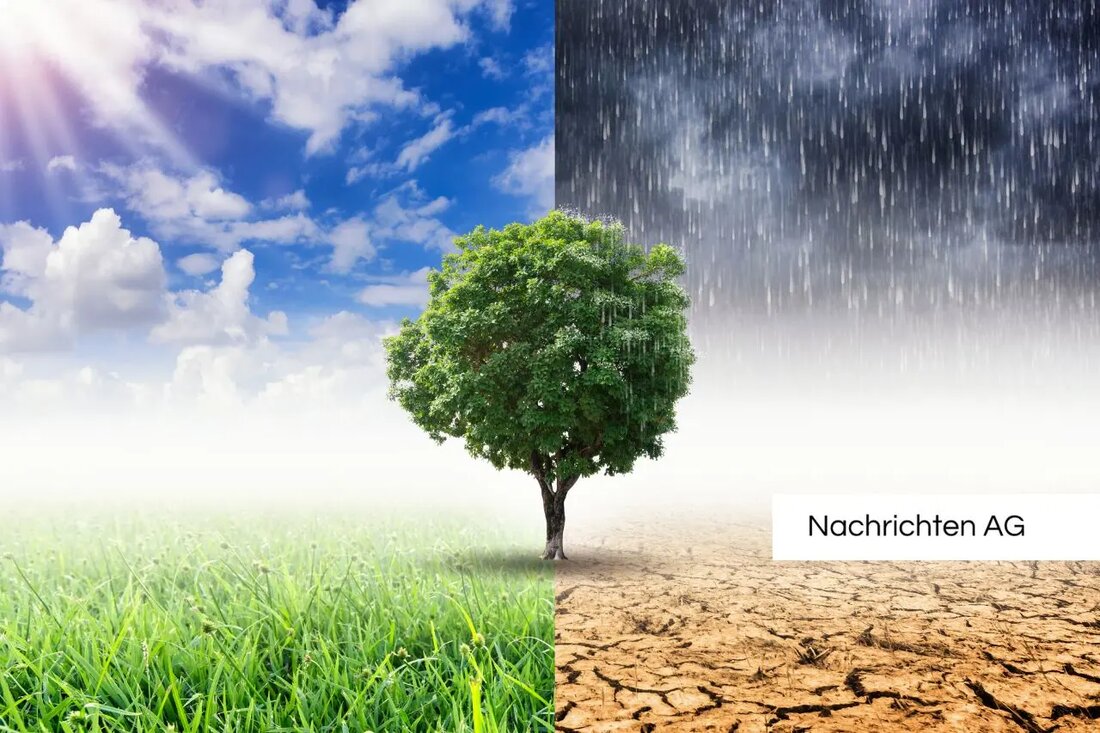Biodiversity for city and nature: New concept for green roofs!
Biodiversity for city and nature: New concept for green roofs!
On Tuesday, January 21, 2025, a free online lecture entitled "Small area, great effect! A biodiversity roof is created" in the Main-Kinzig-Kreis. The event, which begins at 7 p.m., is aimed at owners of small roof areas, such as garages or garbage can houses. kinzig.news reports that the speaker, Ingrid Völker from Großweil, will lead the participants through the topic of the extensive greening of the roof. Your know-how from the planning and design of natural gardens offers a valuable basis for the discussion.
The greening of roofs not only has aesthetic advantages, but also makes a decisive contribution to preserving biodiversity. Extensive greening of the roof can help create compensation into superstructured and sealed areas and acts as an additional source of food for insects. In addition, it only requires a low care effort and changes its appearance with the seasons.
The importance of biodiversity roofs
biodiversity roofs represent an innovative solution to counteract the progressive destruction of habitats. According to naturgartenplaner.de , the main goal of these roofs is to create a great biological diversity. Climate change and die of species are central challenges, which are often not sufficiently considered even with conventional green roofs. Often roof surfaces remain unused or are incorrectly greened, which affects the function of the roofs, such as cooling and rainwater retention.
A new biodiversity roof concept can help here. It is based on six pillars that promote sustainable and species -rich design. These include the use of higher and better substrates as well as a more species -rich planting that relies on local plants and flora from adjacent regions. These measures not only promote biodiversity, but also ensure dynamic development and care according to natural principles.
practical implementation and challenges
The concept of biodiversity roofs provides specific requirements. The first implementation was already realized by Reinhard Witt in 1996. The buildings include a sedum grass vegetation with a vegetation strag layer of 6 to 12 cm, which follows a drainage layer. New landscape emphasizes that intensive greenings can also have high biodiversity, provided they are designed to be animal-friendly. In order to further promote the habitats for animals, biodiversity modules such as dead wood and artificial nesting aids should be integrated.
specialist staff is essential for the planning and maintenance of biodiversity groomers to ensure that the best practices are observed. This is considered one of the key to promoting urban biodiversity by experts in the industry.
The registration for the lecture takes place via the website www.mainkinzbluehtnetz.de and offers interested parties the opportunity to learn more about the positive effects of biodiversity roofs and actively contribute to the preservation of biodiversity.
| Details | |
|---|---|
| Quellen | |


Kommentare (0)